May 29, 2025 | 15:53 GMT +7
May 29, 2025 | 15:53 GMT +7
Hotline: 0913.378.918
May 29, 2025 | 15:53 GMT +7
Hotline: 0913.378.918

Minister Le Minh Hoan participated in the ribbon cutting ceremony to launch the Hung Yen longan season. Photo: Bao Thang.
Fruit exports to China have been steadily increasing in recent years, and it is anticipated that they will surpass USD5 billion by 2024. The billion-person market is home to a variety of products, including durian, dragon fruit, bananas, and mangoes. Despite this, there is still significant development potential in the market, as China's fruit and vegetable import structure is shifting toward fruits.
Vietnamese fruits are well-received in China due to a variety of factors, according to Nguyen Quoc Manh, Deputy Director of the Department of Crop Production (MARD). The first aspect is the diversity and scale of production. Vietnam's diverse ecological subregions, which encompass over 15 degrees of latitude, tropical monsoon climate, and varied terrain heights, enable the cultivation of a wide range of fruit varieties, including tropical, subtropical, and temperate fruits.
260 varieties of fruit trees are commonly cultivated throughout the nation, with approximately 30 species currently in existence, according to statistics from the Department of Crop Production. Durian, rambutan, mangosteen, star apple, and jackfruit are among the tropical fruits for which China either has limited production capacity or lacks competitive advantages. The production of numerous fruit varieties on a large commercial scale, ranging from hundreds of thousands to millions of tons annually, is noteworthy. These fruit varieties include bananas, dragon fruit, durian, mango, lychee, longan, pineapple, and passion fruit.
In terms of quality and appearance, numerous Vietnamese fruit varieties are of exceptional quality and have established a recognized brand name. These include the Thanh Ha lychee, Hung Yen longan, golden-flesh longan, green-skinned pomelo, Binh Thuan dragon fruit, DONA and Ri6 durian, Hoa Loc sand mango, Vinh Kim Lo Ren star apple, and Cho Lach mangosteen.
Vietnamese crops also capitalize on advantageous seasonal conditions in addition to their exceptional quality. In addition to the implementation of numerous technological advancements in cultivation and the process of variety selection, the majority of Vietnam's key products are harvested in staggered seasons, which effectively extends the harvest period. The domestic market and export markets are both adequately supplied with fresh produce. Bananas, pineapples, pomelos, longans, passion fruits, and durians, to name a few, are available year-round, particularly in southern provinces. There are numerous fruit trees in the Southern region that have successfully implemented staggered harvesting on 50% or more of their cultivated area.
Lastly, it is impossible to disregard the geographic proximity to China. Currently, Vietnam has approximately 20 border gates and numerous trails and paths for direct trade with China, according to the Deputy Director of the Department of Crop Production. This is a competitive advantage that Malaysia and other countries with comparable products do not possess. This benefit guarantees the quality and freshness of Vietnamese fruits when they are delivered to Chinese consumers, thereby reducing transportation time and costs.
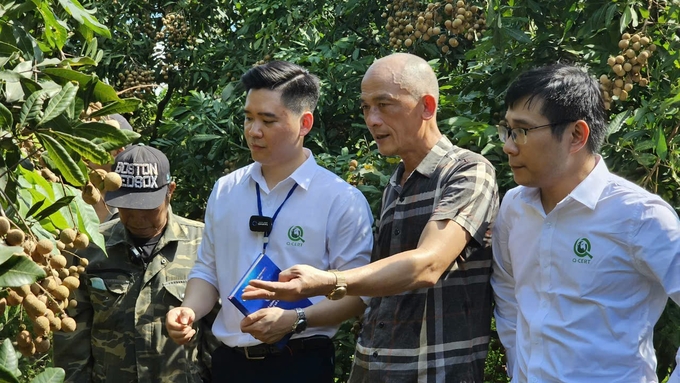
In recent years, a series of training programs for people on VietGAP farming have been organized by specialized agencies from the central to local levels. Photo: Bao Thang.
The Government and the MARD's leadership and management, which began with Decision 899 and later Decision 255 on agricultural restructuring, are responsible for the success that has been achieved to date. This emphasizes the identification of essential national products with high economic value and the increase in production value per unit area.
The Department of Crop Production proposed over a decade ago that the Ministry of Agriculture and Rural Development establish a Steering Committee to promote the staggered production of critical fruit commodities in the Southern region. The investment in staggered harvesting of products such as durian, mango, longan, rambutan, and dragon fruit was prioritized to prevent market oversaturation during prime harvest seasons..
MARD has recently continued to implement the Key Fruit Tree Development Plan through 2025 and 2030, which clearly outlines development solutions for 14 key fruit crops. These crops, including durian, dragon fruit, banana, mango, plantain, and more, have a strong export potential to China. Furthermore, the Vegetable and Fruit Processing Industry Development Plan for the years 2021–2030 is introducing fresh momentum to the sector. In 2024, Vietnam has the potential to export fruits and vegetables worth up to USD7 billion. This figure is expected to increase to $8–10 billion by 2030, particularly as the proportion of processed fruits and vegetables reaches 30% or higher.
Deputy Director Nguyen Quoc Manh underscored that the policy framework is facilitating Vietnam's consistent pursuit of its development trajectory. Naturally, Vietnam must also establish specialized cultivation zones, which include production areas that supply basic materials for processing.
Mr. Manh delineated four objectives to speed up the expansion of value-added products. First, create and cultivate specialized zones for the production of vegetables and fruits that adhere to established standards, with the objective of producing approximately 5–6 million tons by 2030.
Second, each locality should prioritize the development of a few key fruits and vegetables with local advantages, particularly regional specialties, and establish connections with neighboring provinces and cities to form concentrated, large-scale production zones, in accordance with the national vegetable and fruit production development orientation.
Third, encourage the research and development of high-yield, high-quality vegetable and fruit varieties that are resistant to drought, salinity, and pests. Additionally, promote the production of organic vegetables and fruits, implement sustainable intensive farming practices, and apply technical advancements to stagger harvests, thereby mitigating the effects of seasonality.
Lastly, the implementation of digital transformation in fruit and vegetable production should be incremental and based on data platforms for land, crops, environment, and weather. This will improve the quality of the product and increase productivity.
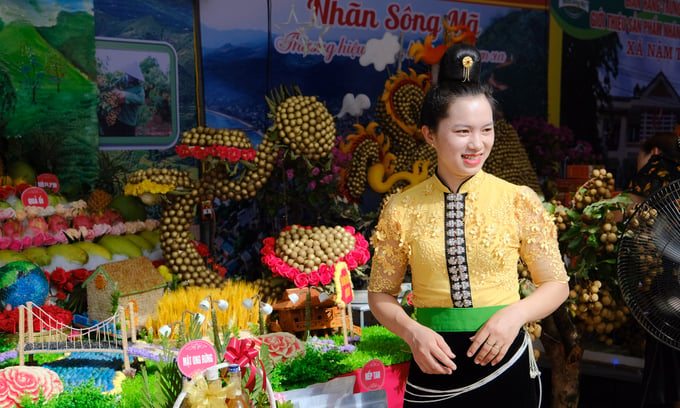
The upcoming fruit festival in Beijing, China is an opportunity for Vietnamese agricultural products to further promote their image. Photo: Bao Thang.
The Mekong Delta (Southwestern region) has emerged as the primary fruit-growing region of the nation in recent years. The Northwest and Central Highlands are two additional regions in Vietnam that offer favorable conditions for fruit cultivation in terms of land, climate, and human resources.
The Department of Crop Production has been at the forefront of the development and proposal of a variety of projects, crop structure plans, and cultivation techniques, as well as the organization of production conferences, to enhance fruit production in these two regions, despite the existing challenges regarding infrastructure and investment.
These initiatives encompass specialized initiatives, such as the "Sustainable Fruit Tree Development Plan for the Northwest Provinces through 2030," which includes the identification and dissemination of new, high-quality commercial varieties that are well-suited for these regions. These varieties include the DONA durian, DONA rambutan, Taiwan 1 passion fruit, Booth 7 avocado, Hass avocado, MD2 pineapple, GL4 mango, and golden longan. The Department also advised and presented the intercropping process of durian, avocado, and pepper trees within robusta coffee plantations to the Ministry of Agriculture and Rural Development, thereby enabling the broader implementation and promotion of fruit tree production in each region. This is particularly noteworthy.
Fruit production in the Northwest and Central Highlands has experienced substantial advancements, including increased production of regionally advantageous fruits and a greater diversification of fruit types, as a result of the MARD's attention and guidance, as well as investments from local authorities and businesses, and the efforts of farmers.
Fruit-growing areas have increased by over threefold in the past decade in the four Northwestern provinces of Hoa Binh, Son La, Dien Bien, and Lai Chau, from 32,600 hectares in 2014 to 113,200 hectares in 2023. In the same vein, the five Central Highlands provinces have nearly quadrupled their fruit-growing areas, from 32,200 hectares in 2014 to 181,200 hectares in 2023.
Several of these provinces, such as Son La, Daklak, Gia Lai, and Lam Dong, have become significant fruit producers in Vietnam. The production structure of the region is quite diverse, with a variety of fruits that are produced on a large scale and have a higher economic value than those in other regions. These fruits include durian, mango, banana, passion fruit, avocado, longan, and custard apple. The Central Highlands are home to a variety of fruit varieties, including durian, passion fruit, lychee, and longan, which have harvest seasons that are inherently distinct from those of the rest of Vietnam. This diversity of fruit varieties enables the country to supply fresh fruit year-round.
"The Northwest and Central Highlands' distinctive microclimates and soil conditions serve as the foundation for the establishment of large-scale commercial production." This not only enhances the export of fresh fruits but also establishes the foundation for investment in the processing industry, thereby ensuring the effective and sustainable development of fruit cultivation in the regions and increasing added value. Mr. Manh also anticipated that it would contribute to the socio-economic advancement of the regions and generate jobs, increase income, and improve livelihoods, thereby contributing to rural development.
Translated by Linh Linh
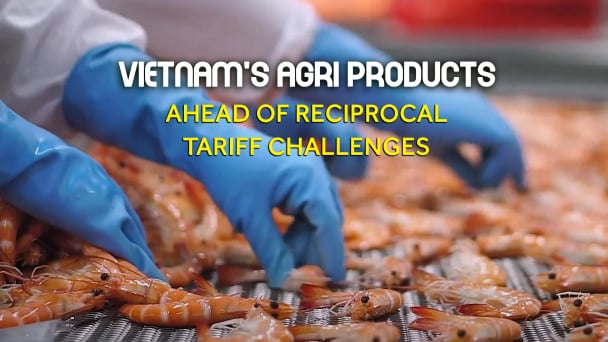
(VAN) Vietnamese shrimp exporters are actively looking for alternative markets and accelerating shipments to the United States in response to the pressure of impending reciprocal tariffs. This is occurring during a temporary tariff suspension.
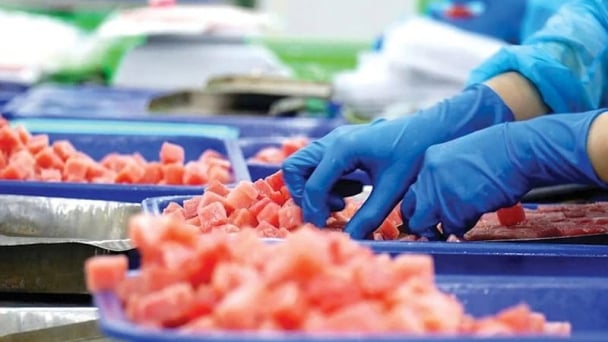
(VAN) The import-export turnover between Vietnam and Singapore rose amid a trade rebound, with machinery, electrical equipment, and fuels making up the majority of the transaction value.

(VAN) Director General of the General Administration of Customs of China, Ms. Sun Mai Jun, has pledged to implement measures that will ease the import process for Vietnamese agricultural products.
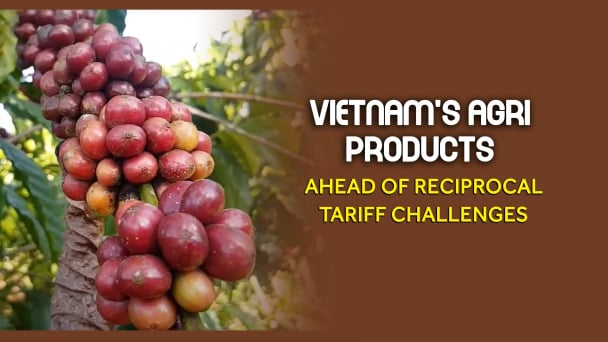
(VAN) Although Vietnam is still increasing its coffee exports, the industry is currently in the process of determining market strategies in response to the U.S. imposition of reciprocal tariffs.

(VAN) With rising demand in Muslim-majority countries, Halal certification is becoming a critical passport for Vietnamese agricultural products seeking sustainable market access and consumer trust in the Middle East and Africa.

(VAN) Vietnam’s fruit and vegetable exports to the U.S. are rising sharply, and exporters are hoping that any upcoming reciprocal tariffs will be set at manageable levels.
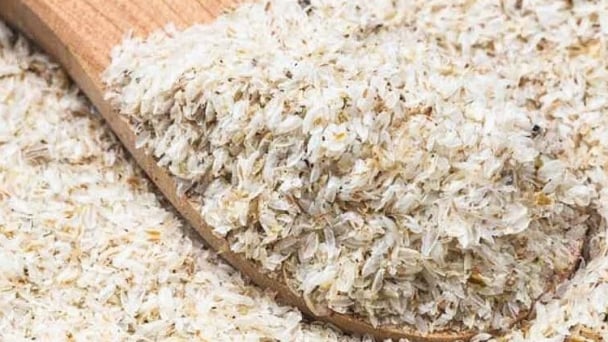
(VAN) Despite meeting quality standards, Vietnamese rice bran exporters still face difficulties with administrative procedures under the new protocol.